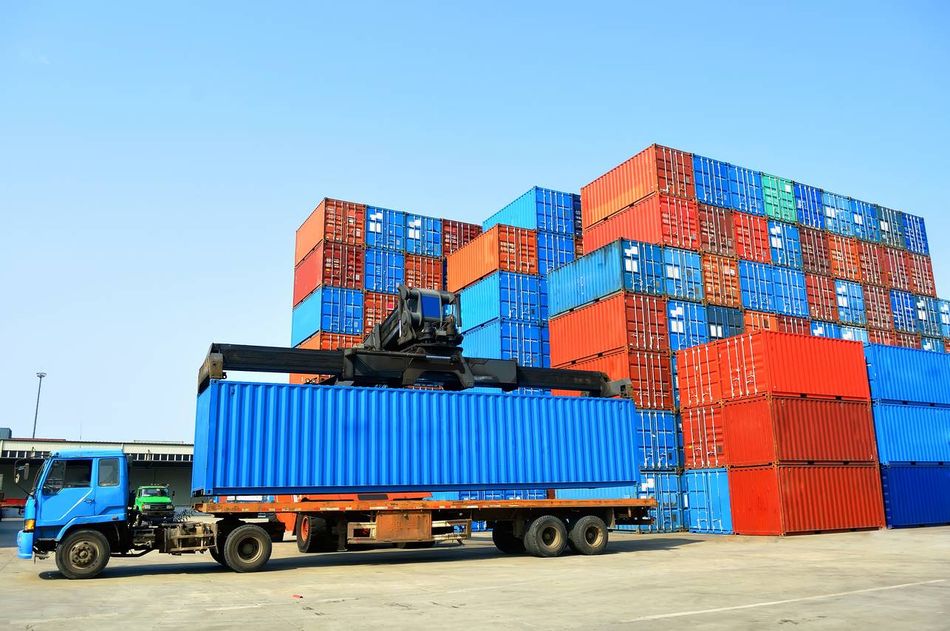Shipper and Consignee: Everything You Need to Know

The shipping process can be complex with many procedures and paperwork. You must choose the right people who will provide you with the services that meet all your shipping needs for the proper arrival of your shipment. By understanding the relationship between a shipper and a consignee, you will be able to better manage your goods and business operations.
The main responsibilities of the shipper
Ownership of the goods belongs to the shipper until the transaction with the consignee is completed or the goods are received by the consignee at the port of destination.
Here are the main responsibilities of the shipper:
- Documents: shipment and customs clearance.
- Shipment weight: The shipper must ensure that the cargo does not exceed the size or weight limits of the vehicle.
- Packaging: The shipper must package the shipment for transport or delivery. The shipper must make sure that the shipment is packaged and prepared in accordance with the rules and regulations.
- Provision of Information: The shipper must include all details, including date of shipment, destination address, place of origin, and dimensions of the shipment, on the bill of lading.
- Freight: As the owner of the goods, the shipper must request a freight quote and select the appropriate freight forwarder to meet their shipping needs.
Main obligations of the consignee
In the contract of carriage, the consignee is the natural or legal person who receives the goods at the port of destination. In some cases, the consignee may be the same as the recipient, but not in all situations. The bill of lading must include the name and contact information of the consignee.
Here are the main responsibilities of the consignee:
- Delivery: The consignee must ensure that the goods are delivered to the port of destination on the agreed date and time.
- Collection: The consignee must be present at the port of destination to receive the cargo, unless otherwise specified in the bill of lading. Some shipping companies require the consignee to present supporting documents such as a passport, ID or driver's license.
- Inspection: It is the responsibility of the consignee to inspect the shipment and check for any damage or loss of goods.
- Filing claims: In case of loss or damage to the shipment, the consignee must file a claim with the carrier.
International shipping can be a complicated and tedious process. In the process of cargo delivery from the consignor to the consignee, several stages must be passed. The process involves the flow of documents and goods from a source to a destination.


